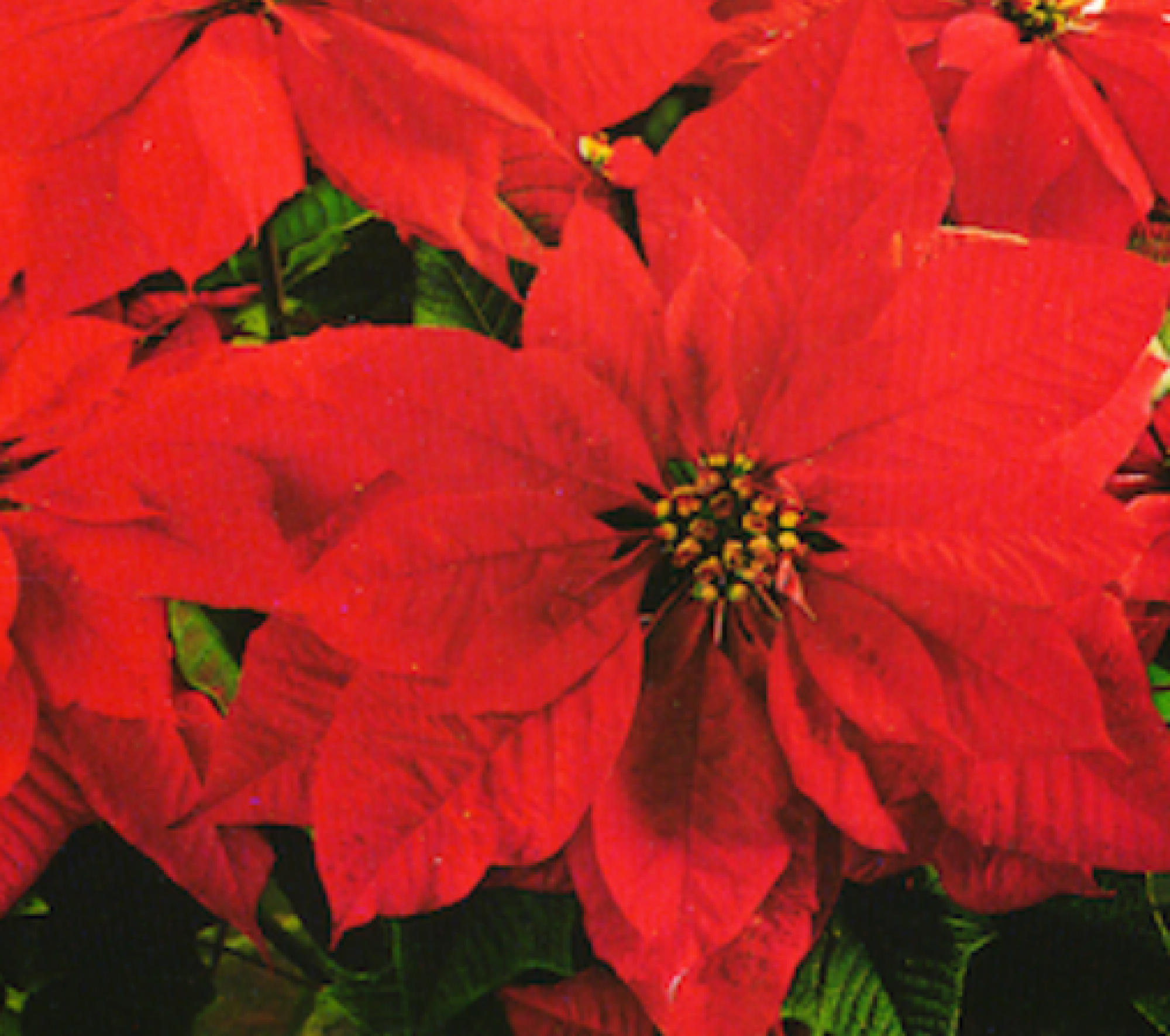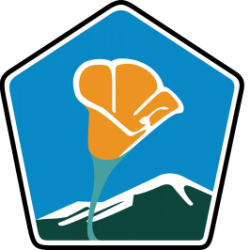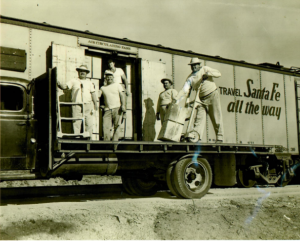With so many men off to war, labor shortages became a problem. In correspondence between Paul Ecke and other growers during the early 1940s Ecke states, “[D]ue to the extreme labor shortage and the increased cost of operation I have been compelled to raise my price from $50.00 per thousand which I formerly charged to $60.00 per thousand on the rooted cuttings this season.”[1] Additionally, rations were placed on several goods during the war, including gasoline. “On December 1, 1942, the Petroleum Administration for War imposed a nationwide gasoline rationing policy.”[2] This can be seen in a letter from New York based grower Frederick Richter to Paul Ecke dated January 19th, 1943. Richter says, “[a]s it is impossible for me to get fuel oil, and very little gasoline I am obliged to cancel my Poinsettia order for the duration. Washington is certainly treating us lousy.”[3] Ecke’s response to Richter provides much valuable information on wartime business and civilian life. To begin he says, “[w]ith the labor troubles affecting the growers, I have had various cancellations, but this is the first one where it was due directly to fuel rationing.”[4] Here again he mentions the labor shortage along with the new problem of the gasoline shortage. In this letter Ecke also mentions that he will be cancelling his usual trip to the east coast “as it is practically impossible for a civilian to travel on the trains.”[5]
Furthermore, he discusses the fact that he has been devoting half of the ranch to food production, though he has not been compelled to do so by the government.[6] These primary sources show the many ways life and business were affected by the war. Lastly, the rubber shortage caused major problems for both the military and civilians. In 1942, “Japanese capture of the principal rubber producing areas of the Far East… eliminated the sources of 90 percent [sic] of the world’s natural rubber production.”[7] Part of the reason gasoline was rationed was to preserve the rubber in tires. In a letter to Paul Ecke dated June 18th, 1942, D. M. Reynolds of the Security First National Bank of Los Angeles said that he has been assigned to deal with the rubber problem on the west coast.[8] He details a process by which rubber can be produced by extracting milk from poinsettias and asks Paul to send samples of milk he extracts to the California Institute of Technology.[9] On January 13th, 1943, Ecke wrote that he had rubber tests done on the poinsettias and “according to the analysis the content is a fraction of 1% of rubber, making it not worthwhile for commercial purposes under present conditions.”[10] Though it did not work out, it is interesting to see how a poinsettia grower could have potentially assisted with the rubber shortage the U.S. experienced during the World War II.
[1] E.E. Palmer to Paul Ecke, Sr., May 20, 1943, The Paul Ecke Ranch, Inc. Business Records and Family Papers (SC001), Special Collections, California State University San Marcos Library.
[2] “The Great Plains During World War II,” University of Nebraska-Lincoln, 2008, http://plainshumanities.unl.edu.
[3] Frederick Richter to Paul Ecke, Sr., January 19, 1943, The Paul Ecke Ranch, Inc. Business Records and Family Papers (SC001), Special Collections, California State University San Marcos Library.
[4] Paul Ecke, Sr. to Frederick Richter, January 26, 1943, The Paul Ecke Ranch, Inc. Business Records and Family Papers (SC001), Special Collections, California State University San Marcos Library.
[5] Ibid.
[6] Ibid.
[7] Paul Wendt, “The Control of Rubber in World War II,” Southern Economic Journal 13, no. 3 (January 1947): 203, doi:10.2307/1053336.
[8] D. M. Reynolds to Paul Ecke, Sr., June 18, 1942, The Paul Ecke Ranch, Inc. Business Records and Family Papers (SC001), Special Collections, California State University San Marcos Library.
[9] Ibid.
[10] D.R. Riddick, January 13, 1943, The Paul Ecke Ranch, Inc. Business Records and Family Papers (SC001), Special Collections, California State University San Marcos Library.


